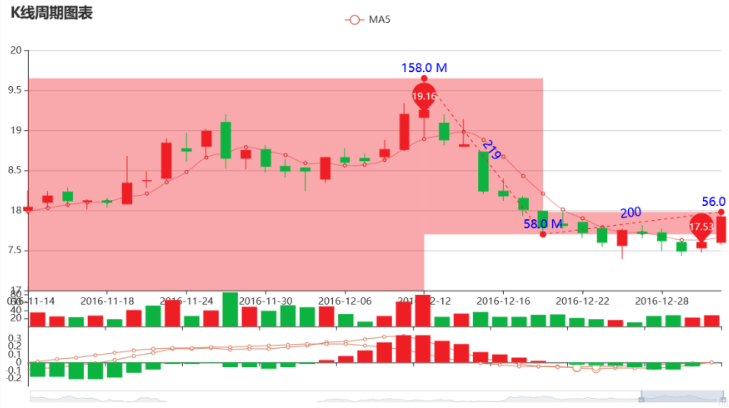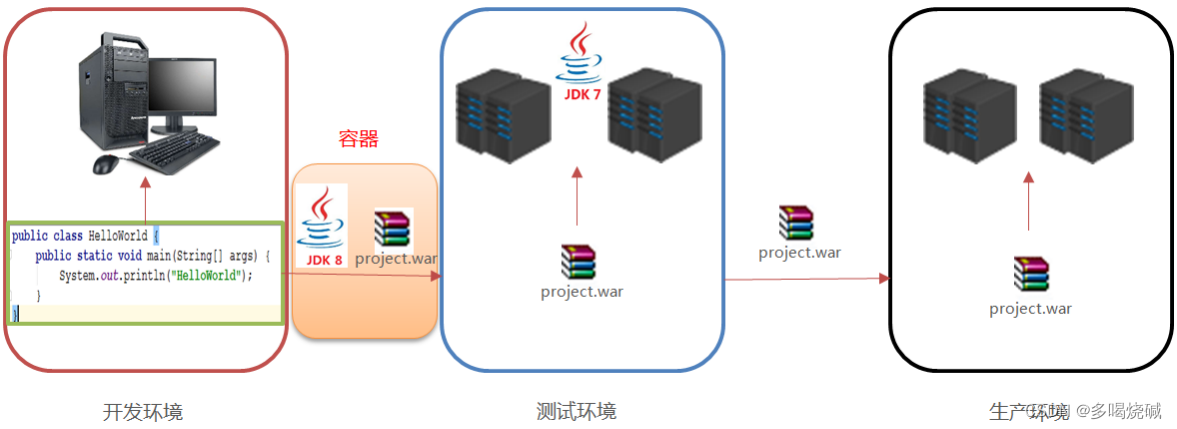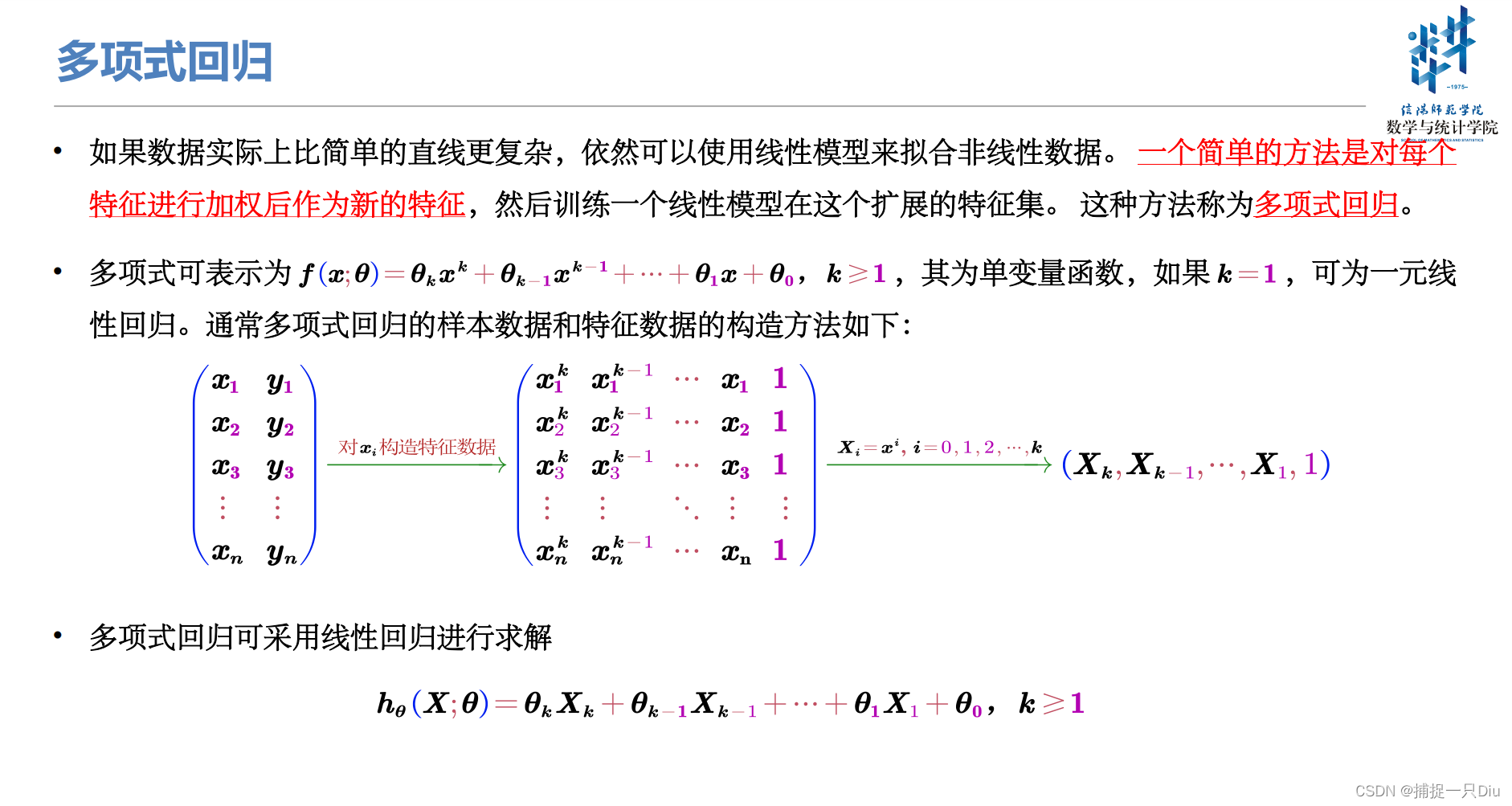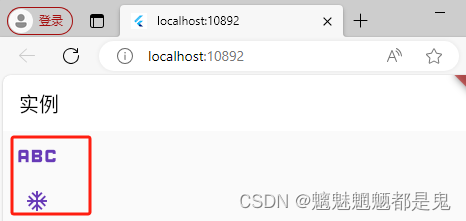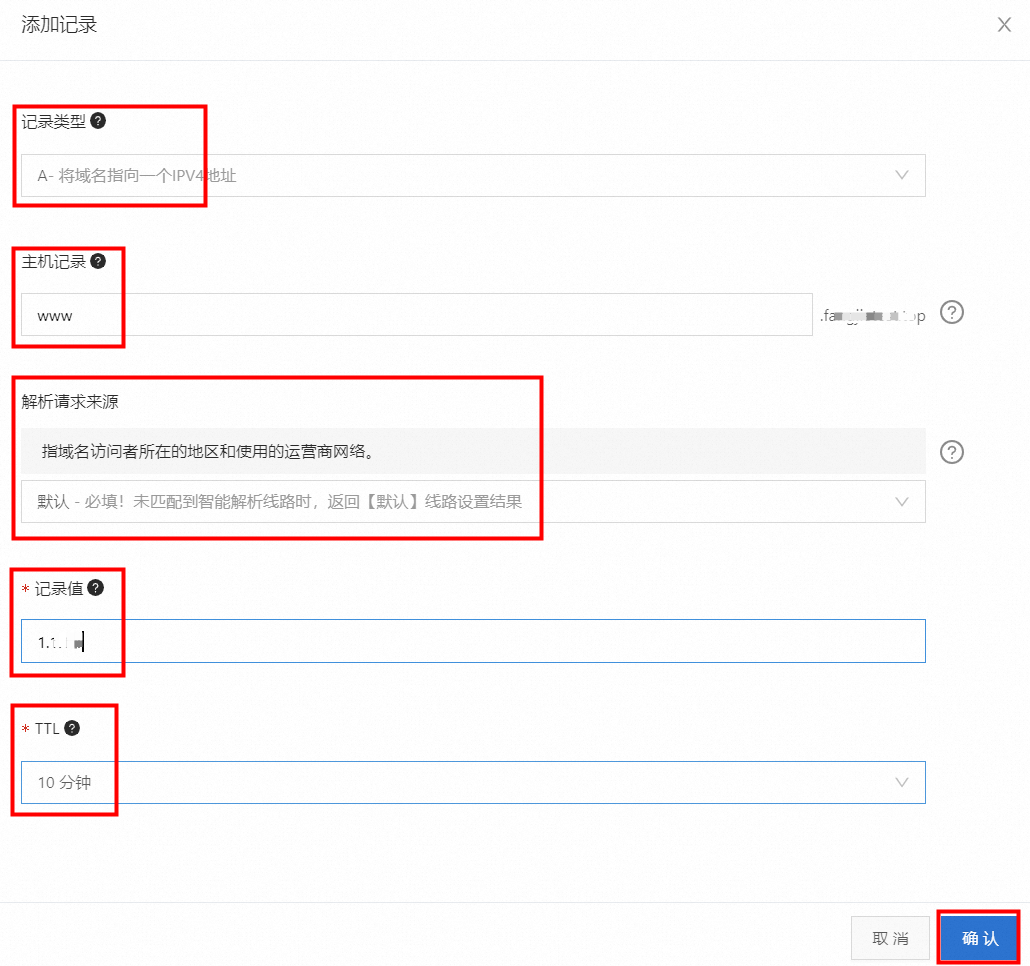Golang以其并发性Goroutines而闻名。不仅是并发,还有更多。
因此,在这种情况下,我们必须确保多个goroutines不应该同时试图修改资源,从而导致冲突。
为了确保资源一次只能被一个goroutine访问,我们可以使用一个叫做sync.Mutex的东西。
This concept is called mutual exclusion, and the conventional name for the data structure that provides it is mutex. — Go dev
无Mutex的用例
让我们有一个简单的用例来理解Mutex在goroutines中的使用。
例如,如果我们需要通过一个goroutine增加一个变量的值,并通过另一个goroutine减少同一个变量的值。
package main
import (
"fmt"
"sync"
"time"
)
func main() {
const loop = 100
var wg sync.WaitGroup
wg.Add(loop * 2)
// declaring a shared value
var n int = 0
for i := 0; i < loop; i++ {
go func() {
time.Sleep(time.Second / 10)
n++
wg.Done()
}()
go func() {
time.Sleep(time.Second / 10)
n--
wg.Done()
}()
}
wg.Wait()
// printing the final value of n
if n != 0 {
fmt.Println("The Final value of n should be 0. But found ", n)
return
}
fmt.Printf("\nFinal value of n is %d\n\n", n) // the final of n should be 0
}
在这个循环中,我使用了两个带有goroutines的匿名函数。一个将增加n的值,另一个将减少n的值。在最后,n的值应该是0,因为初始值是0,对于每个循环计数,我都是先增后减,所以在最后应该和初始值一样。但如果不使用Mutex,情况就不是我们所期望的那样了。
在上述输出中,我们可以看到结果不是恒定的。
我们可以使用go run命令中的-race来检测是否存在数据竞赛。
数据竞赛发生在:一个进程中的两个或多个线程同时访问同一个内存位置。
sync.Mutex
它拥有两个方法:
- Lock
- Unlock
使用Lock来锁定资源,以便每次只有一个goroutine可以访问该资源。
Unlock用于解锁被锁住的资源。
使用Mutex也有同样的用例。
package main
import (
"fmt"
"sync"
"time"
)
func main() {
const loop = 100
var wg sync.WaitGroup
wg.Add(loop * 2)
// declaring a shared value
var n int = 0
var m sync.Mutex
for i := 0; i < loop; i++ {
go func() {
time.Sleep(time.Second / 10)
m.Lock() // locking the resource n
n++
m.Unlock() // unlocking the resource n
wg.Done()
}()
go func() {
time.Sleep(time.Second / 10)
m.Lock() // locking the resource n
n--
m.Unlock() // unlocking the resource n
wg.Done()
}()
}
wg.Wait()
// printing the final value of n
if n != 0 {
fmt.Println("The Final value of n should be 0. But found ", n)
return
}
fmt.Printf("\nFinal value of n is %d\n\n", n) // the final of n should be 0
}
在这里,两个goroutine试图同时访问同一个资源n。但在Mutex.Lock()的帮助下,我们可以锁定该资源,这样它就只能被一个goroutine使用。
在上面的输出中,我们可以看到,输出总是0(正如我们所期望的)。
我们也可以在使用Mutex的时候检查数据竞赛。
我们可以清楚地看到,在使用Mutex时没有数据竞赛。
另外,我们可以对资源Unlock()使用defer语句,所以它将在被锁定的块的末尾被解锁。
go func() {
time.Sleep(time.Second / 10)
m.Lock() // locking the resource n
n--
m.Unlock() // unlocking the resource n
wg.Done()
}()




















